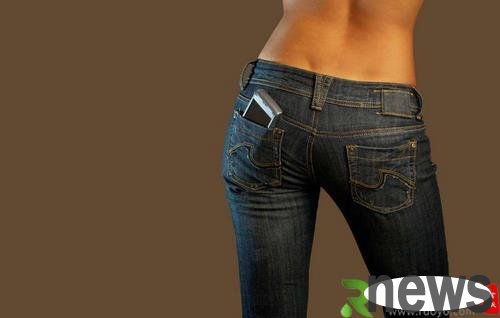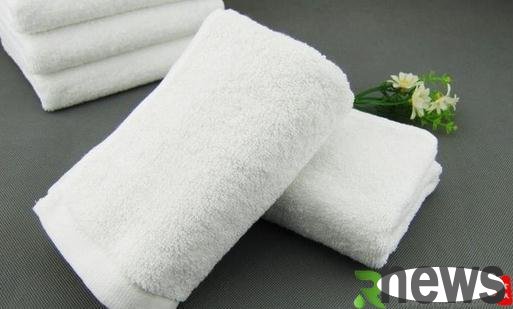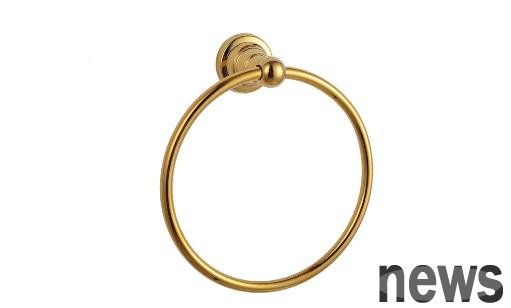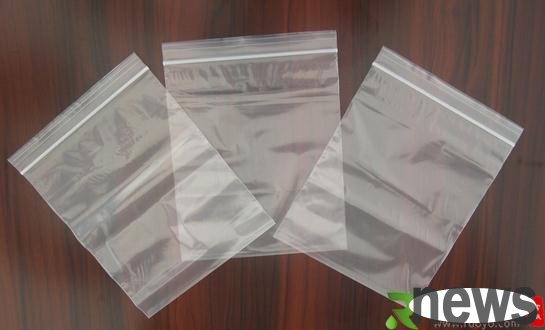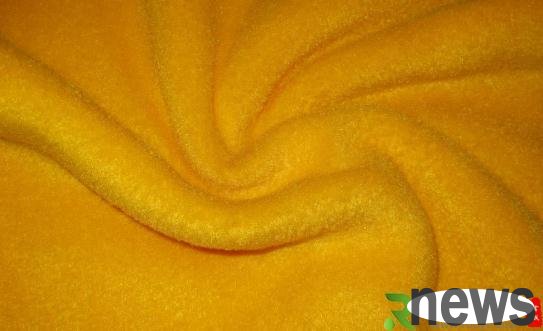How to clean the shading cloth? Is the shading cloth poisonous?
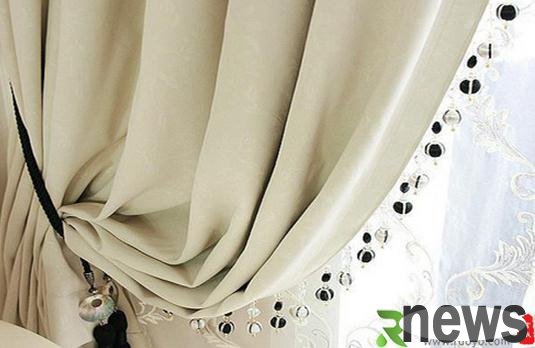
dark-shading cloth? Is the shading cloth poisonous?
How to clean the shading cloth?
As people's income increases, more shade cloths have entered thousands of households. However, cleaning of shade cloth is a science and there are many issues that need to be paid attention to.
1. Treat it by soaking soapy water, lightly brushing the dirty cloth surface, avoid violent stirring in the washing machine, and directly dry it by dripping and drying, and do not twist it hard, so that it can maintain its original shape and flatness without damaging the colloid.
2. Just rub it with alcohol or gasoline. If the velvet cloth is too wet, do not twist it hard to avoid the velvet being taken off and affecting the beauty. The correct cleaning method should be to use both hands to press the water off or let it dry naturally, so that the appearance of the shade cloth can be maintained.
3. It does not require ironing. If ironing is required, please use medium temperature to clean the cloth surface.
4. Shading cloth is generally produced using coating or coating technology. Fully blackout curtains can be scraped through multiple layers, and the foamed blackout layer and light-colored surface layer are applied on the fabric separately, which can achieve the effect of full blackout and beautiful. Due to its characteristics, the shade cloth can only be washed in water, not machine-washed, otherwise the coating will be washed and cracked, affecting the shade effect.
5. Soak the curtain head and curtains with clean water, then wash them with warm water with soda, and then wash them twice with gentle washing powder water or soapy water. Rub gently when washing, and finally rinse with clean water. It needs to be organized when drying and placed on a clean table or frame.
Is the shading cloth poisonous?
Whether it is the cheapest indoor blackout cloth, blackout and heat-insulated venetian blinds, thick coated sunshade curtains, or different grades of outdoor sunshades and parasols, it is an ideal solution to shade the room. However, through the detection, the sunshade cloth had problems such as formaldehyde exceeding the standard. The materials of
shallow shading cloth mainly include four types:
shallow coated flocking cloth, silver-coated shading cloth, pure woven shading cloth and base cloth with PVC composite cloth. Among them, the materials of unqualified products are all made of light-shielding coated flocking cloth. This type of light-shielding cloth is coated with a thicker light-shielding resin layer on the grey cloth, and a layer of velvet cloth is added to the resin layer. The flocking cloth with a light-shading coating has a good feel and a good light-shading effect, but it is easy to have the problem of excessive formaldehyde content after coating finishing. Under strong sunlight, the coating also emits a pungent smell.
Why do new curtains hide “ Formaldehyde killer ”?
According to experts, in order to improve the wrinkle resistance, waterproof and fire resistance, pressure resistance and color fastness of fabrics, some manufacturers often add common additives such as artificial resin to the fabric. During the printing, dyeing and post-organization process, various dyes, additives, and finishing agents must be added, all of which may contain formaldehyde. After the curtain cloth leaves the factory, formaldehyde remains.
Environmental protection testing agencies remind new home decorators to be environmentally friendly when purchasing curtains. Although cheap goods are cheap, they are difficult to keep safe. It is recommended to purchase a pure woven shade cloth with black silk in the middle. This product is not prone to formaldehyde problems and is a green and environmentally friendly shade cloth.


